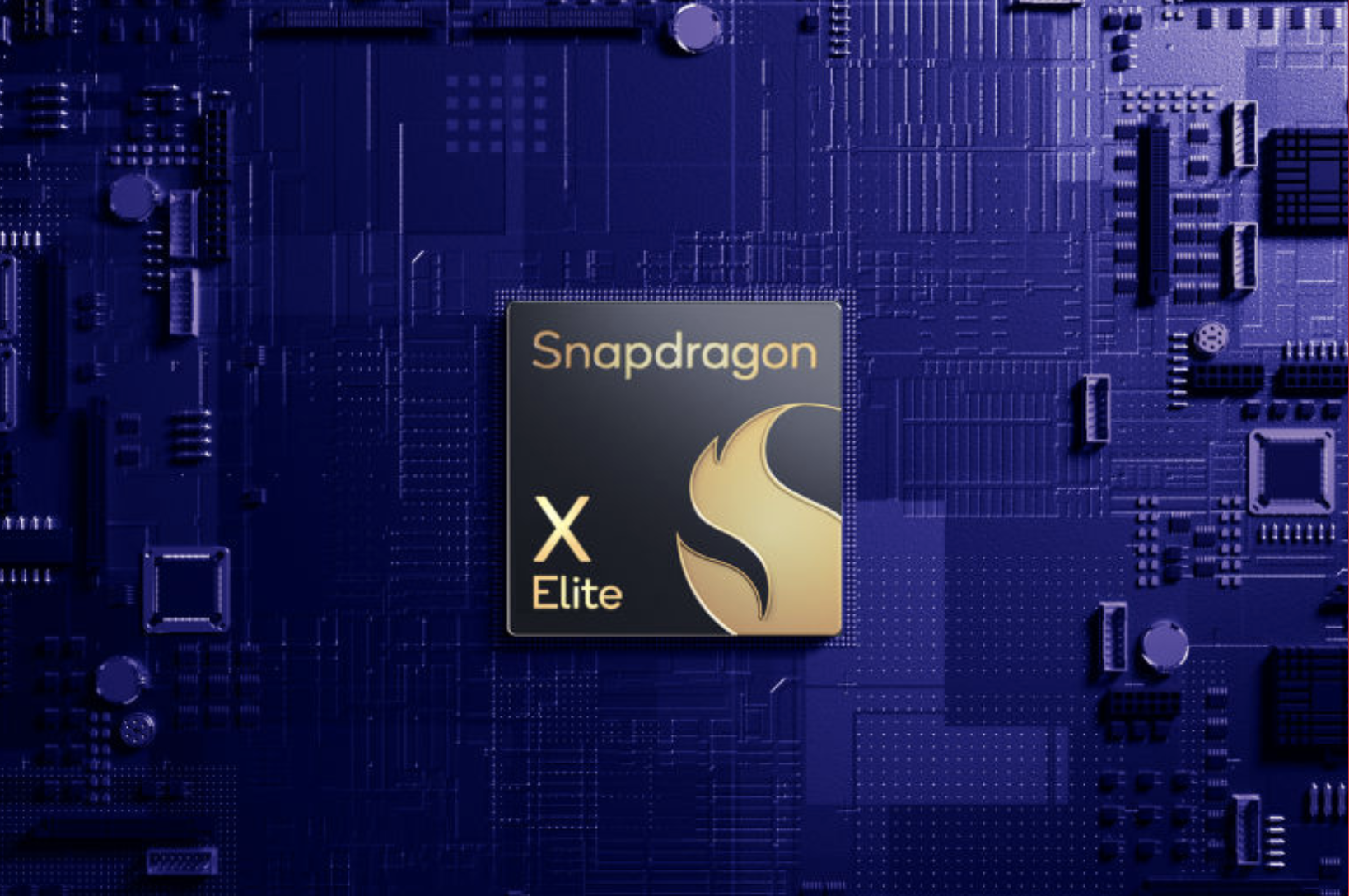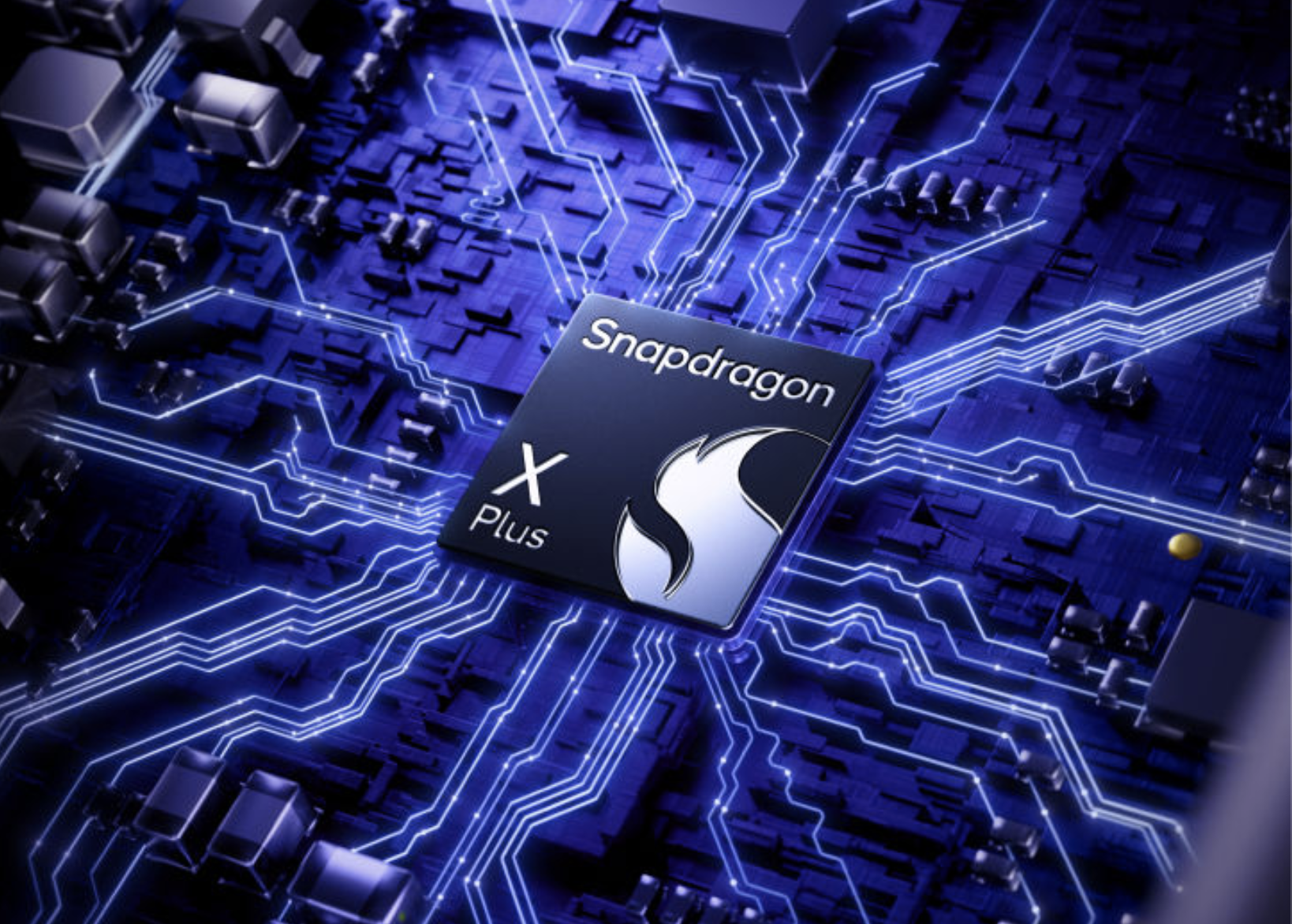The laptop landscape just shifted gears with Qualcomm’s unveiling of the Snapdragon X series processors. Designed specifically for Windows machines, this marks a significant leap for Windows on ARM technology, promising substantial improvements in both performance and battery life compared to previous offerings.

Qualcomm throws a one-two punch with the Snapdragon X lineup. The top-of-the-line X Elite boasts a beastly 12-core CPU, ideal for demanding tasks. For users seeking a more budget-friendly option, the X Plus offers a still-capable 10-core configuration. Leaks suggest Samsung and Lenovo are already developing devices featuring the X Elite, potentially aiming for the high-performance market. Meanwhile, rumors swirl about Microsoft testing the X Plus for a potential Surface laptop, hinting at a broader push for Windows on ARM adoption.
Snapdragon X Series: The strategy behind it

The strategic target is clear: dethrone the long-reigning MacBook Air. By offering extended battery life and strong performance, these new Snapdragon X laptops could become compelling alternatives for Windows users who prioritize portability and endurance. But the battle lines aren’t entirely drawn. A question mark hangs over Samsung’s naming scheme for these upcoming devices. The return of the “Edge” moniker on the Galaxy Book 4 Edge, previously associated with a curved display technology, creates some confusion. It’s unclear if this signifies a return of that display feature or simply a marketing choice.
Adding to the intrigue is the rumored unveiling of Microsoft devices powered by the Snapdragon X on May 20th. While lacking official confirmation, this rumor suggests a heated race to launch the first of these highly anticipated laptops. With both companies potentially aiming for a similar release window, the competition is bound to get fierce.
One thing’s for sure: consumers are in for a treat. Qualcomm’s entry into the Windows laptop market with its powerful new Snapdragon X chips promises to shake things up. We can expect a wider range of choices, potentially leading to better performing and longer-lasting machines across different price points. This could be a significant turning point for Windows on ARM technology, offering a viable alternative to traditional x86-based laptops. The coming months will be interesting as both Qualcomm and Microsoft unveil their devices, and we see how they stack up against the current market leader.

